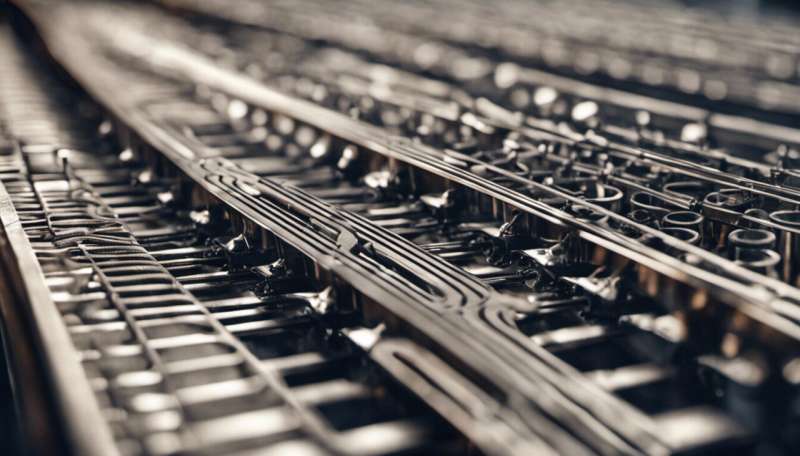Credit: AI-generated image (disclaimer)
Maintenance work on rail infrastructure costs the rail sector close to EUR 40 000 per kilometre of railway track. In fact, rail companies spend substantial amounts on repairing tracks and keeping them in good operating condition, accounting for 38 % of their total operating expenses. To become more competitive, the rail sector therefore needs to find ways to reduce these costs.
The EU-funded project tCat has developed an innovative system that helps to drastically reduce maintenance costs related to overhead line equipment (OLE). Their novel rail trolley cart is a real-time mobile mapping solution that can facilitate and speed up the design, installation and maintenance of overhead wires and supporting infrastructure that power electric trains.
What the tCat system can do
The tCat trolley is lightweight (about 26 kg), portable and easy to assemble. It can be used in all weather, has front and back lights for night use, and boasts more than eight hours autonomy. This accurate, fast and easy-to-operate device can be adapted to the 3 common track gauges (1,000, 1,435 and 1,668 mm). It provides instant measurements of the height and stagger of the overhead contact wire, as well as other geometrical parameters such as clearances, odometer readings, railway track cant (crossing level), scope (longitudinal level) and tunnel profiles. All this information is then uploaded to a cloud platform and used to create customised reports such as pole and midspan profiles, and height and stagger tables and graphics.
tCat system benefits
The tCat mobile mapping system is a useful tool in engineering design surveying. It saves hundreds of hours of field survey and design work by producing most of the information and documentation needed for OLE designs. An additional time-saving feature is its ability to generate as-built drawings that show the geometry of the contact line and other key features like critical cross sections. Furthermore, electrical clearance distances are efficiently measured – eliminating the need for high-rail platforms – and compliance is verified through a laser point cloud composed of 3-D point data.
The tCat system can also be used for tunnel surveys in projects involving the electrification of existing non-electrified railway lines. It produces as-built tunnel section profiles of old tunnels that can be used to define tunnel clearance requirements in OLE designs. Additionally, it can check the track's position relative to the surrounding structures to ensure that trains can pass safely through. Lastly, it's a fast and flexible way to check if tracks are free of vegetation that might prevent the safe passage of passengers and railway workers.
All the above features help to reduce risks, operational delays, loss of time and productivity, therefore saving the rail sector a lot of money. The tCat (Disrupting the rail maintenance sector thanks to the most cost-efficient solution to auscultate railways overhead lines reducing costs up to 80%) team recently had the opportunity to present the capabilities of their novel device at Rail Live! 2019. The exhibition, whose focus is the impact of digital technology innovation on the rail sector, was held in Bilbao, Spain, at the beginning of March.
More information: tCat project website: www.tcat.es/
Provided by CORDIS























